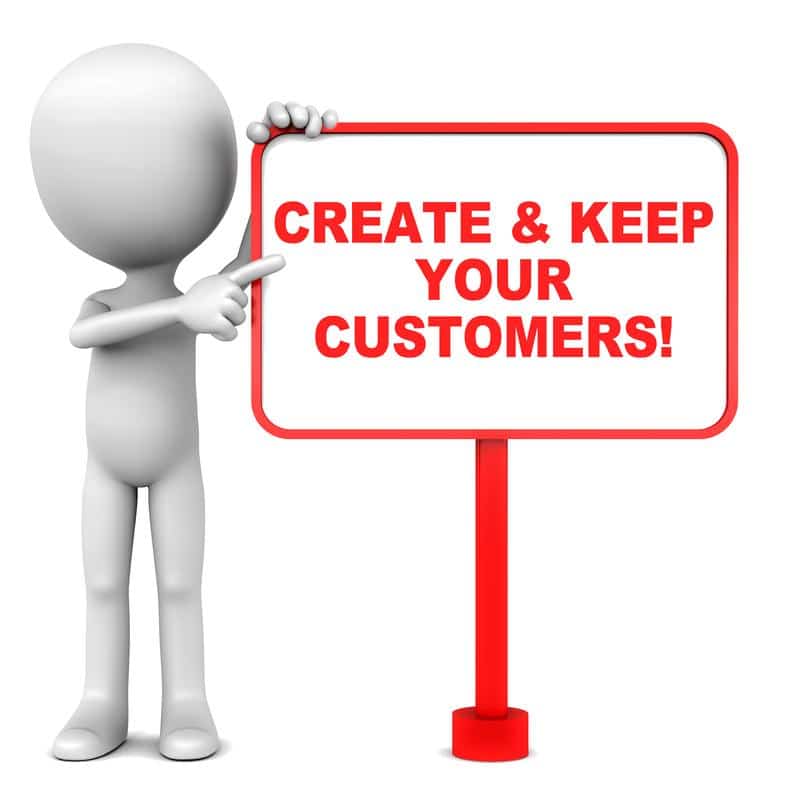What do your customers think when they saw your brand the first time? Developing a cohesive brand voice is one of the creative challenges of running a successful business. And your brand, when done right, can help you attract customers from all walks of life. Of course, it’s important to take a multifaceted approach when developing and promoting your brand if you want to keep drawing in new customers. Here are some tips to help you gain more potential customers.
Define Your Target Audience
Defining your target audience before you go spending money on branding is likely to give you a greater return on investment (and also save you a headache). However, finding that the market can be a challenge. Lotame explains that you probably want to draw in a large number of customers, but overly generalized advertising is often a waste of money. Possibly the best way to define your target audience is to research your existing customers. Learning about them, as well as how to reach them, will prove to be very valuable information as you work toward building a brand voice.
Branded Business Email
A real branded business email creates an aura of professionalism. We aren’t talking about a yourbusiness@gmail.com address in order to appear legitimate, an address with your own domain name is key. Podium says having a professional email address with your own domain will help you build and maintain credibility when forming relationships with new customers. Think about it. Which business seems more credible, one with an email address from a standard internet provider, or one with a business domain name?
Establish Your Brand Voice on Social Media
Social media is one of the most reliable ways to find and keep new customers. But how do you stand out from the sea of other brands? This is where a brand voice comes in. Just as social media influencers each have a distinctive style and personality, a successful brand will have a distinctive “voice.” Before you set out to promote on social media, cultivate a brand voice. Establishing style rules is a wise first step. Does your brand talk casually to customers? Do you strive to be an authority? Do you want to be different and quirky? Finding a unified voice and using it across multiple social media channels will instantly make your brand more relatable.
Create a Cohesive, Logical Marketing Strategy
Creating and maintaining a brand is hard work. And in order to make sure your efforts aren’t in vain, it’s wise to create a set marketing strategy before you begin (or continue) marketing efforts. Marketing without a defined strategy is stressful, it’s easy to lose track of what works and doesn’t work and becomes difficult to track progress. It’s also much less efficient. If you are working with a marketing company, make sure to discuss marketing strategies with them to make sure you’re kept in the loop. You can explain what you hope to accomplish, and then let the marketing team guide you. If your marketing is done in-house, make sure you draw up a plan before you start, you can always adjust as needed.
Remember the Importance of Flexibility
As you fine-tune your brand and broadcast it to potential customers, don’t be afraid to be flexible. Maybe you’ve found a new target demographic you realize you need to reach out to. Or maybe you’ve come to the realization that you need to make your brand voice bolder. Either way, if a given branding strategy isn’t working, don’t be afraid to adjust it. Of course, multiple drastic changes aren’t a good look, this is why pre-planning your brand voice is so important.
Create a Memorable Logo
A logo is indispensable when it comes to attracting customers, and a noticeable one increases the likelihood of brand recognition. However, whether your own team creates your logo, or you outsource the job, professional quality is a must, few things make customers look askance more than a poorly done logo. A quality logo often instantly earns some degree of customer respect, while a bad one does the opposite. If you are trying to reach customers from different demographics, an alternate logo might be a good idea, too. An alternate logo can be tailored to a particular demographic, and it also makes for easier cross-platform branding. On platforms where your logo can take up a lot of space, you can use a more elaborate design. And when you only have a small amount of space, a simpler logo may be a better fit.
While your brand is an invaluable tool, developing an authentic, unique, and successful brand is often quite a challenge. Get as much input from your team as possible, take your time, and plan carefully, and you’ll soon see new customers coming your way.








0 Comments